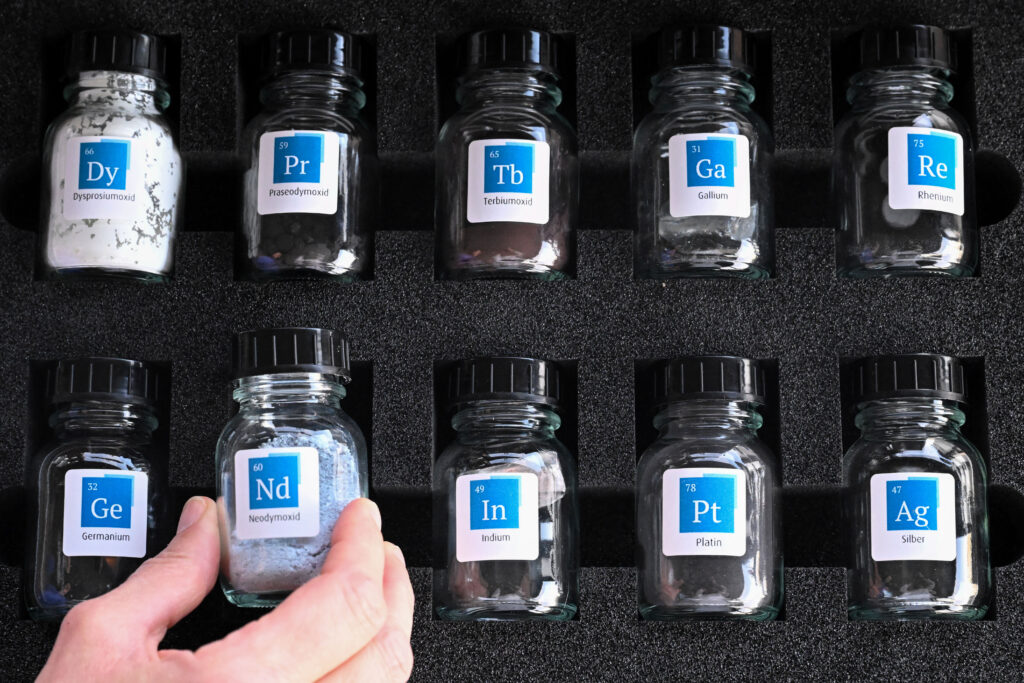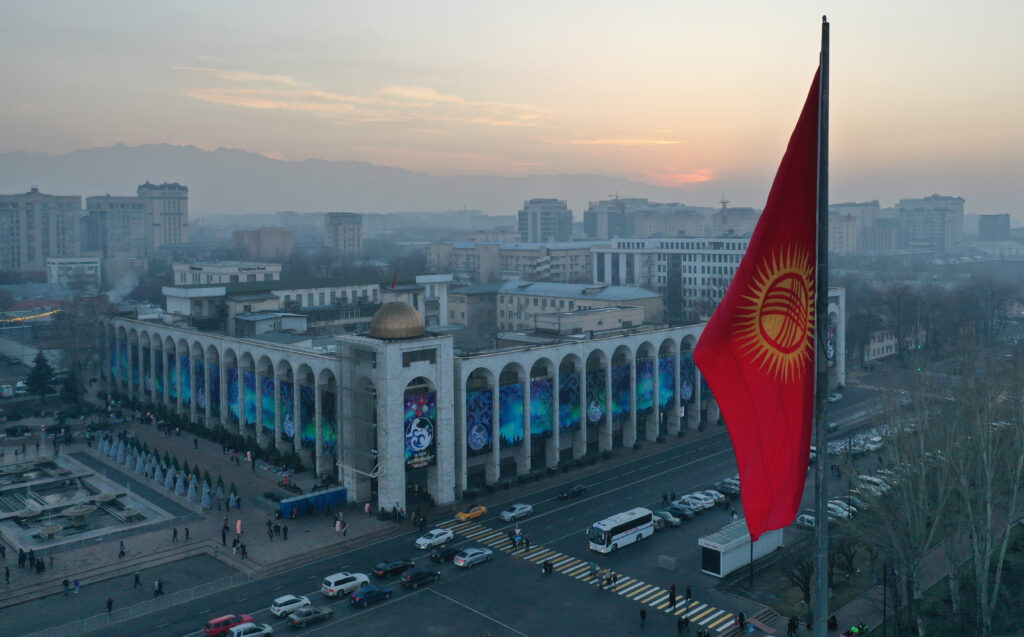US stocks extend rally on rate cut hopes
Wall Street stocks shrugged off early weakness Tuesday and joined European bourses in rising on continued hopes the Federal Reserve will cut interest rates next month.The prospect for further interest rate easing helped offset lingering worries about whether artificial intelligence equities are overvalued while a trove of mixed US economic reports included some worrying signs that analysts said likely strengthened the Fed’s case for cutting rates.The market is rallying as “the chances of a December cut (…) have moved higher,” said Angelo Kourkafas, adding that softness in some of the reports “helps reinforce the fact that the Fed will be moving” towards a rate cut.All three US indices advanced, led by the blue-chip Dow index, which climbed 1.4 percent.Earlier, London, Paris and Frankfurt all pushed higher.US data releases pointed to slower than expected growth of retail sales in September, while producer prices increased in line with expectations.The Conference Board’s consumer confidence index dropped to its lowest level in seven months, with shoppers expressing greater worry about labor market conditions and the outlook for household incomes.”The economy can’t afford to lose the consumer, particularly ahead of the all-important holiday season,” said Bret Kenwell, at the eToro trading platform. “It’s something to watch moving forward.”Traders now see about a 90 percent chance of a rate reduction, against around 35 percent only last week.Most large US tech companies advanced Tuesday. An exception was Nvidia, which finished down 2.6 percent following a report in The Information that Facebook parent Meta could use Google chips in its data centers.Big-box retailer Best Buy surged 5.3 percent after reporting better-than-expected results as CEO Corie Barry pointed to a confluence in which “customers need to upgrade or replace their consumer electronics and new products and innovation are coming to market.”Oil prices retreated amid reports that a deal to end the war in Ukraine may be close, which, if confirmed, would allow Russia to export vastly more oil.- Key figures at around 2120 GMT -New York – Dow: UP 1.4 percent at 47,112.45 (close) New York – S&P 500: UP 0.9 percent at 6,765.88 (close)Nasdaq – UP 0.7 percent 23,025.59 (close)London – FTSE 100: UP 0.8 percent at 9,609.53 (close)Paris – CAC 40: UP 0.8 percent at 8,025.80 (close)Frankfurt – DAX: UP 1.0 percent at 23,464.63 (close)Tokyo – Nikkei 225: UP 0.1 percent at 48,659.52 (close)Hong Kong – Hang Seng Index: UP 0.7 percent at 25,894.55 (close)Shanghai – Composite: UP 0.9 percent at 3,870.02 (close)Euro/dollar: UP at $1.1570 from $1.1521 on MondayPound/dollar: UP at $1.3165 from $1.3105Dollar/yen: DOWN at 155.97 yen from 156.89 yenEuro/pound: DOWN at 87.86 pence from 87.91 penceBrent North Sea Crude: DOWN 1.4 percent at $62.48 per barrelWest Texas Intermediate: DOWN 1.5 percent at $57.95 per barrelburs-jmb



